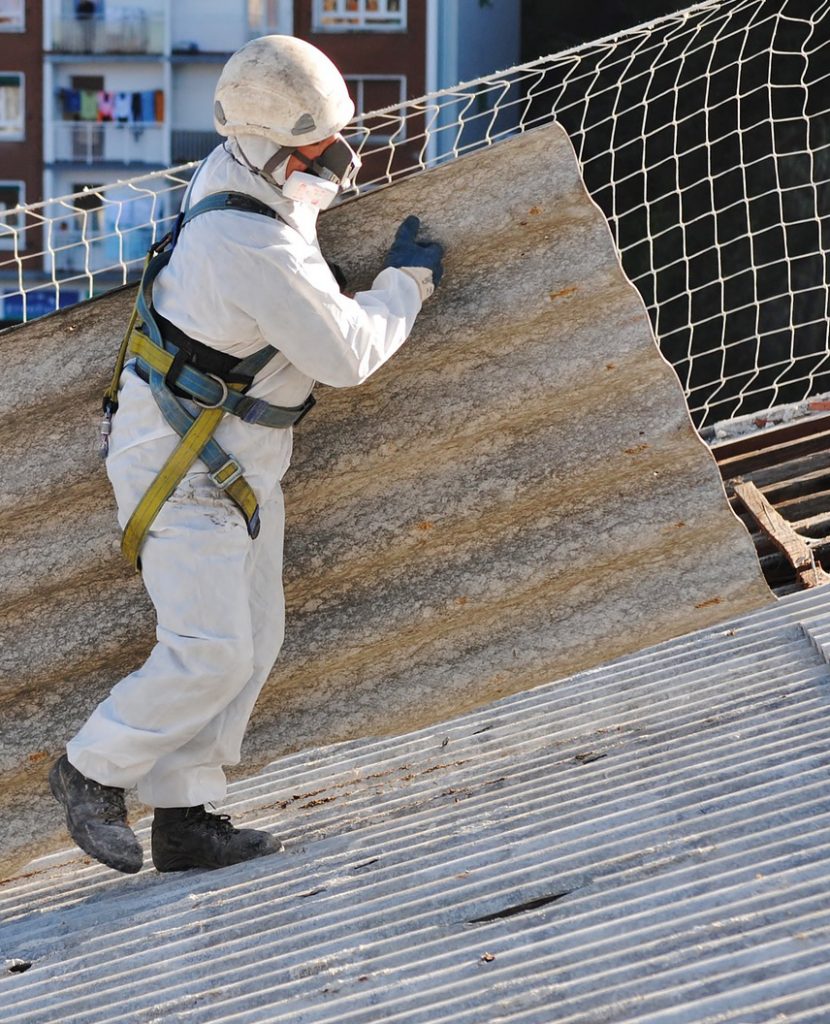Asbestos and Asbestos Containing Materials – What training do you need?

If you work in a job where you are likely to encounter asbestos then you probably need to be trained to some level. The Health and Safety Executive provide a list of occupations where the workers can reasonably expect to encounter asbestos on a regular basis. The list includes (but is not limited to) the following and similar trades:
- General maintenance workers
- Electricians
- Plumbers
- Painters and decorators
- Shop fitters
- Telecommunication engineers
- Computer and data installers
- Architects
If you work in these, any trades from the full list on the HSE website, or a similar role, then you will almost certainly need training in Asbestos Awareness as a minimum.
Asbestos was used extensively in construction for many years. It was finally banned in 1999, but any building constructed or renovated before that point will potentially contain materials that have been partially manufactured using some form of asbestos. In fact, it was so common that it was used in ceiling tiles, sound boards, fireproofing, insulation, lagging, textured wall coatings and a host of other applications. We now know that asbestos is a Class 1 carcinogen, which means that it is known to cause cancer in human beings, and that it is now the most common cause of preventable work-related death. Asbestos-related disease kills around 4000 tradespeople a year, and is probably responsible for more deaths than road traffic accidents. Just estimating the true extent of the damage done by asbestos over the years is difficult, because the effects of contamination can take up to 60 years to manifest in the form of diseases such as Asbestosis (a scarring of the lungs that gradually causes increased difficulty breathing), through to Mesothelioma (a rare form of cancer that, once identified, is generally fatal within 12 – 18 months of discovery). Due to the extended time between the point of exposure and the development of the associated diseases, it is often difficult to pinpoint where and if the person encountered the fibres. Add to this the increased risk of damage by asbestos to the lungs of smokers, and you can see why an exact number of sufferers is not easy to isolate.
What is certain is that asbestos is likely to be present in the work environment for many tradespeople, and therefore training is necessary to ensure the safety of workers and those around them. More than this, it is a legislative requirement under the Control of Asbestos Regulations (CAR 2012) that if you are in a trade likely to encounter asbestos then you must receive the appropriate training.
Training that satisfies the current legislation at the time of writing this article comes in three levels. The level of training required will be based on the kind of interaction you are likely to have with the asbestos, and the type of ACMs and asbestos you are likely to encounter.
Asbestos Awareness Training. This is the most commonly needed form of training and can be completed on-line in a relatively short course. The purpose of this training, as the title suggests, is to give trades people a basic awareness of asbestos and ACMs in the workplace, and is all about recognising potential contamination hazards, avoiding those hazards, and knowing what to do if there is an unexpected release of asbestos. This level of training does not allow you to remove or work with ACMs or any source of potential asbestos contamination.
Awareness Training is required as a minimum for all workers, regardless of whether they are employed or self-employed, and it should be refreshed every year. You may also need a higher level of training to keep you and others around you safe if you are intending to remove or dispose of asbestos.
